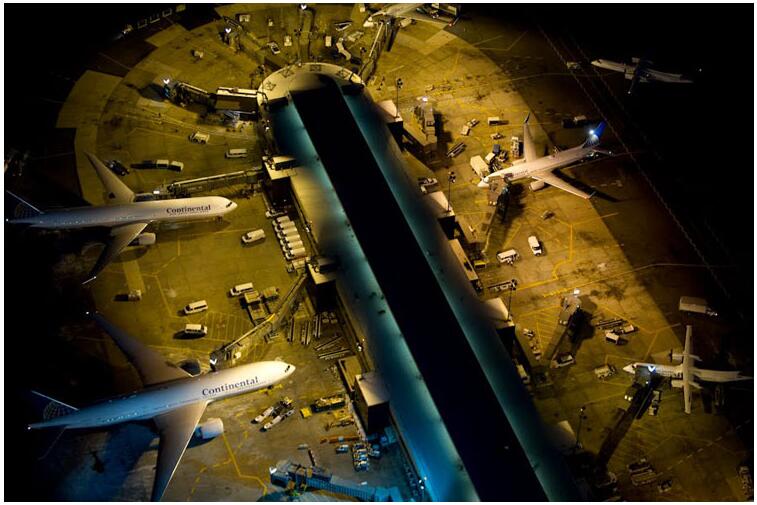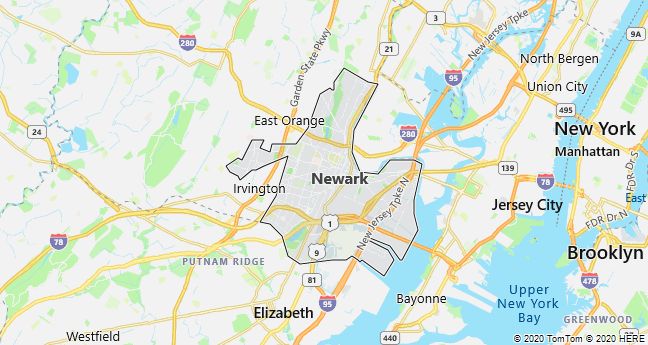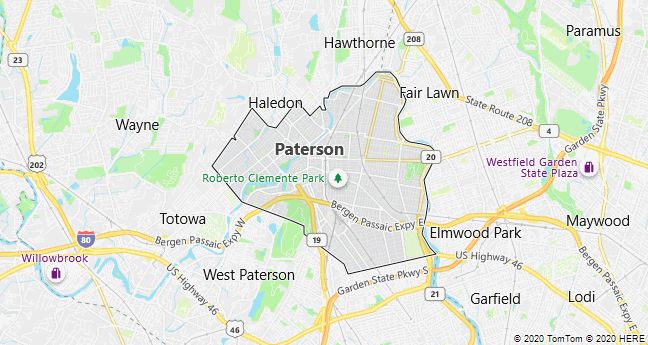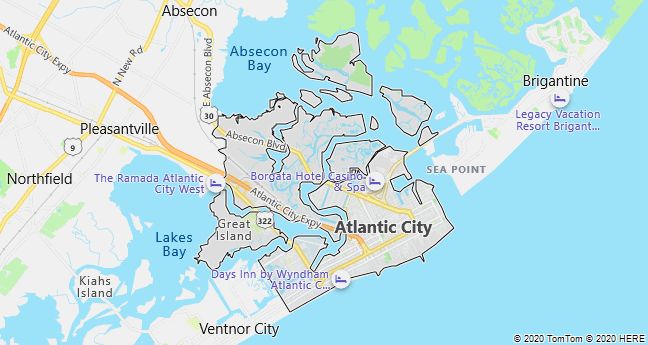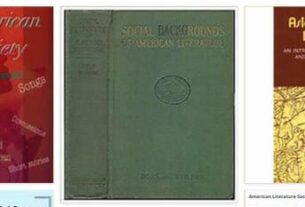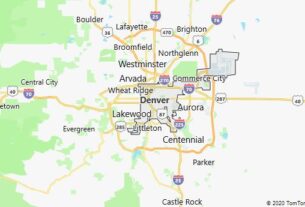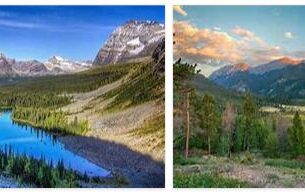Jersey City
Jersey City, a town on the banks of the Hudson River in Upper Bay in northeastern New Jersey, USA; 247,600 residents (2010), of which 26% are black. The city has large industrial enterprises, a significant port turnover and a number of higher education institutions. It is part of the New York City metropolitan area and is connected to Manhattan via the Holland Tunnel (1929). 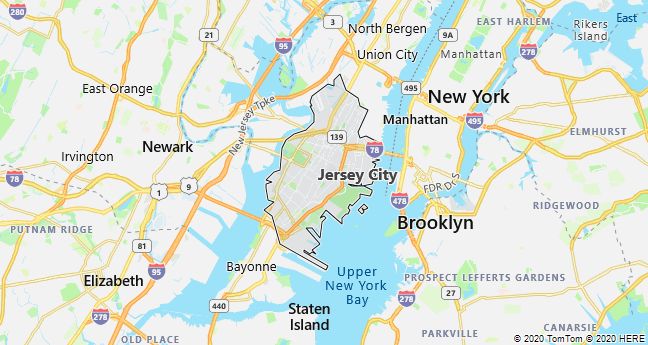
Newark
Newark, city of New Jersey, USA; 277,100 residents (2010), of which 52% were black. The city is part of New York’s metropolitan area and is known for its many industries and the international airport, which is used by SAS. After urban renewal, the population has fallen by approximately 1/3 since the 1960’s when poor and run-down housing estates were the hotbed of violent race riots.
Paterson
Paterson, town on the Passaic River in New Jersey, USA; 146,200 residents (2010), of which 32% are black. After the construction in 1791 of the largest American factory complex of the time, Paterson was an important industrial city until the 1950’s. Since then, it has been hit hard by factory closures, poverty and periodically high unemployment. The biggest attraction is the famous waterfalls Great Falls, which with a drop of 21 m formed the basis for the first textile mills. Along with the neighboring towns of New Jersey, Paterson is part of the metropolitan area of New York.
Trenton
Trenton, the capital of New Jersey, USA, on the Delaware River on the border with Pennsylvania; grdl. 1721, 84,900 residents (2010). The city is characterized by dilapidated industrial and residential areas, but also contains a number of historical monuments from the North American War of Independence, including the Revolutionary Monument with George Washington.
Atlantic City
Atlantic City, town on the island of Absecon in the state of New Jersey, USA; 39,600 residents (2010). It was granted city status in 1854 after speculators provided rail connections the year before. The mild climate, the sandy beaches and the extension with promenade, “amusement piers” and racetrack quickly made the city popular, until the competition from Florida stepped in after World War II. The city’s rescue was the legalization of gambling (1976), after which 13 gambling casinos were built, including the world’s largest: the multimillionaire Donald Trump’s boasting Taj Mahal, 40-story oriental kitsch with minarets and shiny onion domes.
The board game Matador has in its original, American version (Monopoly) Atlantic City as a model.
Hoboken
Population: 50,005 thousand people (2010)
Area: 5.1 sq. km
Founded: 1849
City status since: 1849
Time zone: UTC-5, summer UTC-4
Altitude: 9 m
Zip code: 07030
On the west coast of the Hudson River is the city of Hoboken, part of the New York metropolitan area. The area it occupies was settled by immigrants from the Netherlands in the 17th century. Later, in 1849, Hoboken was founded here and separated as a separate area. The modern city is known as the location of the oldest technical university in the United States. In addition, Hoboken hosted the first documented baseball game in the United States. Within the city limits there is an important transport hub of regional importance. Many streets are named after American celebrities – presidents and politicians. Hoboken received its city status in 1855. In fact, it is a sleeping area. A quarter of its working-age population is employed in real estate and finance.
The area that the city now occupies was an island before the colonization of the local lands by the Dutch. Its east coast was washed by the waters of the Hudson River, the west – by the bay areas. In those days, there was a seasonal camp of the Unami tribe. In October 1609, the Englishman Henry Hudson was the first European to lay claim to the territory. After 14 years, a colony was founded here, which became part of New Holland. Before the American Revolutionary War, the land where the city is now located was owned by William Bayard. Subsequently, confiscated from the former owner, it was bought at auction by John Stevenson.
Starting from the middle of the 19th century and until the second half of the 20th century, Hoboken developed as a port city, in the northern part of which there were dry docks and factories. After the commissioning of new highways and the use of containers, most of them were closed. At the same time, after the closure of dry docks and factories, the surrounding area, where the houses of maritime merchants, dockers and sailors were located, fell into the plan for rebuilding the city. The famous American actor and singer Frank Sinatra was born in Hoboken, who was awarded high awards for life achievements – the Golden Globe Award and the Gold Medal of the US Congress.
